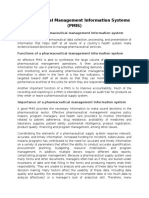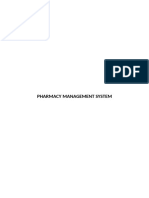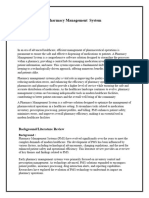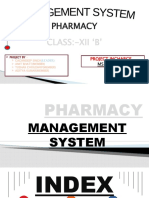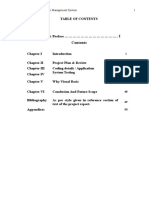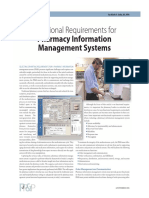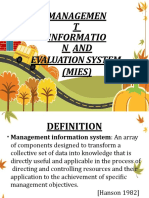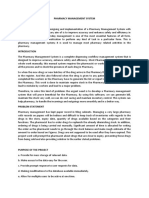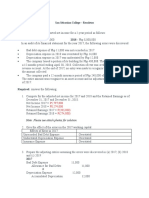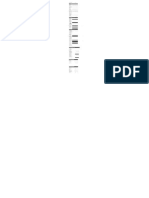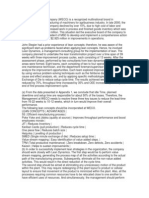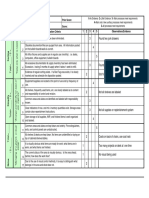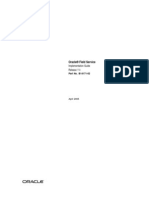0% found this document useful (0 votes)
252 views26 pagesPharmacy Management Info Systems
The document discusses pharmacy management information systems (PMIS), including their importance and functions such as clinical screening, prescription management, inventory management, and report generation. A PMIS integrates pharmaceutical data collection and processing to help healthcare professionals make evidence-based decisions to manage pharmaceutical services.
Uploaded by
VBM TechnologiesCopyright
© © All Rights Reserved
We take content rights seriously. If you suspect this is your content, claim it here.
Available Formats
Download as PDF, TXT or read online on Scribd
0% found this document useful (0 votes)
252 views26 pagesPharmacy Management Info Systems
The document discusses pharmacy management information systems (PMIS), including their importance and functions such as clinical screening, prescription management, inventory management, and report generation. A PMIS integrates pharmaceutical data collection and processing to help healthcare professionals make evidence-based decisions to manage pharmaceutical services.
Uploaded by
VBM TechnologiesCopyright
© © All Rights Reserved
We take content rights seriously. If you suspect this is your content, claim it here.
Available Formats
Download as PDF, TXT or read online on Scribd
/ 26


